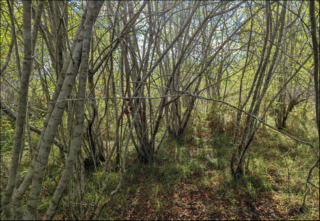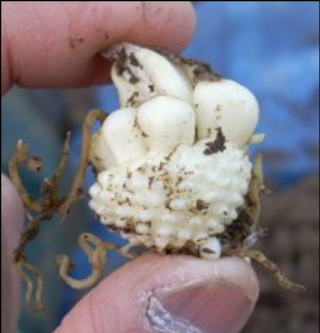
Pacific Northwest Cultural Landscapes
Alex McAlvay and collaborators
The Indigenous peoples of this continent have stewarded ecosystems for thousands of years through burning, transplanting, pruning and other management of otherwise “wild” plants. Many of the areas of “wilderness” around the world bear the signatures of thousands of years of regular management by humans. Investigating these impacts is important to understanding our landscapes. Working with Tribal Nations and First Nations in the Pacific Northwest of North America on a team of archaeologists and ecologists, we are documenting these cultural landscapes, specifically forest gardens and salt marsh gardens, shaped by Indigenous Peoples to increase the abundance, availability, and accessibility of “wild” food plants.
Our work has documented nearly a dozen remnant forest gardens and several salt marsh gardens. We find that despite being unmanaged for over a hundred years, these ecosystems frequently have much greater biodiversity than the surrounding areas.
We are hoping that this work will form the backbone for efforts to revitalize these food-producing landscapes which balance human food security/sovereignty and biodiversity.
Press about our work:
National Geographic: ‘Forest gardens’ show how Native land stewardship can outdo nature
Science: Pacific Northwest’s ‘forest gardens’ were deliberately planted by Indigenous people
Smithsonian Magazine: Indigenous Peoples in British Columbia Tended ‘Forest Gardens’
CBC News: How ancient forest gardens could impact Nuchatlaht First Nation’s land claim

Serviceberry (Amelanchier alnifolia) forest garden in Washington State.

Northern Riceroot (Fritillaria camschatcensis)